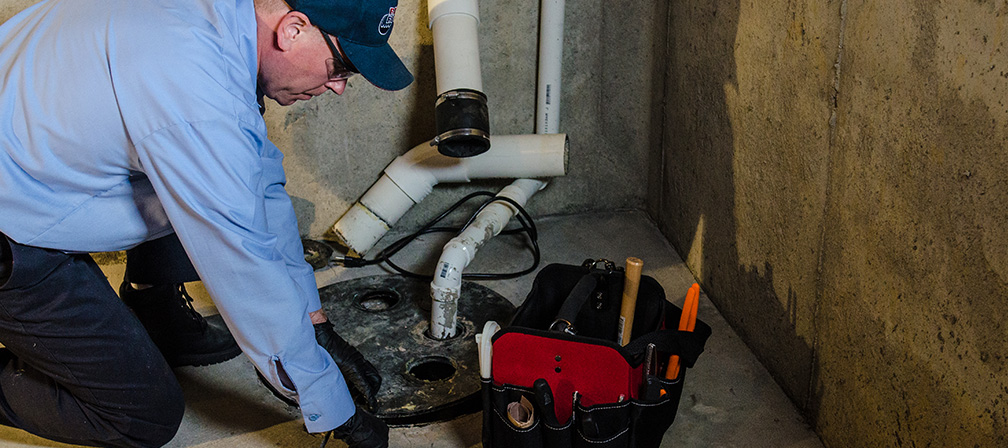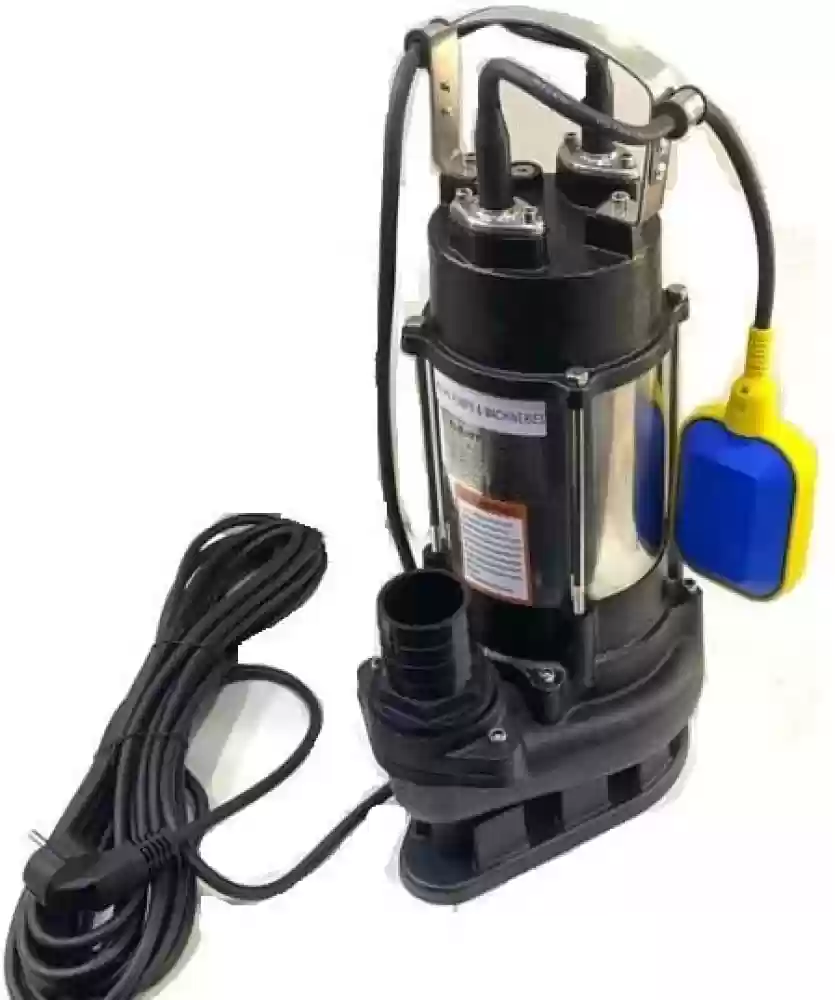Our Guide to Effectively Caring for a Sump Pump
Our Guide to Effectively Caring for a Sump Pump
Blog Article
Have you been searching for critical information involving Cleaning & Maintenance Tips for Your Home's Sump Pump?

Sump pumps are crucial parts in numerous homes, specifically in locations susceptible to flooding or excessive wetness. They aid stop water damages by efficiently eliminating excess water from cellars or crawl spaces. Nonetheless, like any other appliance, sump pumps call for routine maintenance to guarantee they work successfully when required one of the most. Cleaning your sump pump is an important part of its maintenance, and understanding exactly how to do it correctly can conserve you from expensive repair services and prospective calamities.
Intro
Preserving a tidy sump pump is vital for its correct performance and long life. Neglecting this necessary task can bring about obstructions, breakdowns, and ultimately, water damage to your building. Therefore, learning exactly how to clean up a sump pump is essential for homeowners that rely on these devices to maintain their basements dry and protected.
Comprehending the Sump Pump
Prior to diving into the cleansing process, it's necessary to have a standard understanding of just how a sump pump works. Normally set up in a pit or container below the basement flooring, a sump pump consists of several essential components, including a pump, a float switch, and a discharge pipe. When water gathers in the pit, the float button activates the pump, which after that pumps the water out with the discharge pipeline, away from the structure's foundation.
Indications of a Dirty Sump Pump
Knowing when your sump pump needs cleaning is critical for protecting against possible breakdowns. Some typical signs that suggest an unclean sump pump include weird noises throughout operation, lowered water circulation, and visible debris in the pit. If you observe any one of these signs, it's necessary to clean your sump pump quickly to avoid any kind of further concerns.
Planning for Cleaning
Before you begin cleaning your sump pump, it's vital to take some safety and security precautions. Start by shutting down the power to the pump to stay clear of any electrical accidents. Additionally, wear ideal protective equipment, such as handwear covers and goggles, to safeguard yourself from dirt, debris, and prospective virus.
Detailed Guide to Cleaning Up a Sump Pump
Turning off the Power
Begin by detaching the power supply to the sump pump to stop any type of accidents while cleansing.
Getting Rid Of Particles and Dust
Utilize a pail or a scoop to remove any kind of visible particles, dust, or sediment from the sump pit. Dispose of the particles properly to prevent it from blocking the pump or the discharge pipeline.
Cleaning the Pump and Drift Change
As soon as the pit is clear of particles, meticulously eliminate the pump from the pit. Inspect the pump and the float button for any kind of indications of damage or wear. Make use of a soft brush or fabric to clean up the surface areas and remove any accumulated gunk.
Purging the System
After cleansing the pump and float button, flush the sump pit with tidy water to get rid of any kind of staying dust or debris. This will help guarantee that the pump runs smoothly and successfully.
Looking For Appropriate Functioning
Prior to reinstalling the pump, do a fast test to make sure that the float switch triggers the pump correctly. Put some water into the sump pit and observe the pump's procedure. If every little thing is working appropriately, you can reassemble the pump and reconnect the power supply.
Maintenance Tips to Maintain Your Sump Pump Clean
In addition to routine cleaning, there are numerous maintenance tips you can follow to maintain your sump pump in optimal problem:
Verdict
Cleansing your sump pump is an essential element of its maintenance and makes certain that it operates successfully when you need it one of the most. By adhering to the actions described in this guide and including regular maintenance into your routine, you can extend the life-span of your sump pump and safeguard your home from water damage.
6 STEPS ON HOW TO CLEAN A SUMP PUMP PROPERLY
UNDERSTANDING SUMP PUMPS
Your sump pump plays a crucial role in protecting your home by managing and removing excess water. It primarily functions as a “shield”, guarding your basement against the damaging effects of water accumulation. The pump is housed in a sump pit in the lowest part of your basement, and its job is to pump out any water that collects there.
During heavy rainfalls or when snow melts rapidly, water can infiltrate your basement, posing potential risks like flooding, structural damage, and harmful mold growth. Here, the sump pump springs into action, pumping out the intruding water and directing it away from your home.
SAFETY FIRST
Before cleaning, remember to prioritize safety. Disconnect the sump pump from the power source to prevent any accidental electric shocks. Also, wear sturdy gloves to protect your hands from any sharp or dirty components within the pump.
REMOVE THE SUMP PUMP
After ensuring your safety, the next step is to remove the sump pump from its pit. Doing this might require careful maneuvering as you don’t want to damage any pump components. Once removed, clean the sump pit to remove any accumulated debris or sludge.
INSPECT THE PUMP
Inspect the pump for any visible signs of wear or damage. Check the power cord, float switch, and impeller housing. If any components look worn out or damaged, consider replacing them to ensure optimal performance.
CLEAN THE PUMP
Thoroughly clean the pump with warm, soapy water. Make sure to rid it of any dirt, gravel, or other debris that might impede its performance. You can use a toothbrush to clean the small, hard-to-reach parts of the pump.
REINSTALL THE SUMP PUMP
Reinstall the pump into the sump pit Make sure it’s positioned correctly to remove the water effectively Once it’s back in place, reconnect it to the power source TEST THE PUMP
Finally, pour some water into the pit to ensure the pump works correctly. It should start automatically and begin pumping out the water; if it doesn’t, check the power source and the positioning of the pump.
Remember, while cleaning your sump pump is an essential part of home maintenance, hiring a professional plumber for a thorough inspection and cleaning at least once a year is also important. This will ensure that your pump is in optimal condition, ready to protect your home from potential water damage.
BEST PRACTICES FOR CLEANING SUMP PUMP DISCHARGE PIPES
Regular Inspection: Regularly inspect your discharge pipes, especially during heavy rainfall or snowmelt periods. Look for any signs of blockage or damage. Early detection of problems can prevent serious issues down the line. Periodic Cleaning: Over time, sediment and debris can accumulate in the discharge pipes, impeding the flow of water. Regular cleaning helps keep the pipes clear and functioning efficiently. You can use a high-pressure water jet to effectively clean the pipes. Insulation During Winter: In colder climates, discharge pipes can freeze, blocking the outflow of water. Protect your discharge pipes from freezing temperatures by insulating them with foam pipe insulation. This will ensure the sump pump can continue to discharge water even in freezing conditions. Proper Positioning: The discharge pipe should be positioned to direct water away from your home’s foundation. Improper positioning can lead to water seeping back into the basement. Ensure the pipe is long enough and angled correctly. Installation of a Check Valve: A check valve prevents water from flowing back into your sump pit after the pump has pushed it out. Installing a check valve helps maintain the efficiency of your sump pump and reduces the risk of flooding. Minimize Pipe Turns: Every curve or turn in the discharge pipe can decrease the efficiency of water flow. By minimizing turns and bends in your discharge pipe, you can increase the efficiency of your sump pump. https://www.fullspeedplumbing.com/how-to-clean-a-sump-pump-properly9999/

We had been shown that editorial about Keep Your Sump Pump Clean, It'll Keep You Dry through a friend on a different web property. Kindly take a moment to promote this post if you enjoyed reading it. We treasure reading our article about How to Care for Your Sump Pump.
Click For More Information Report this page